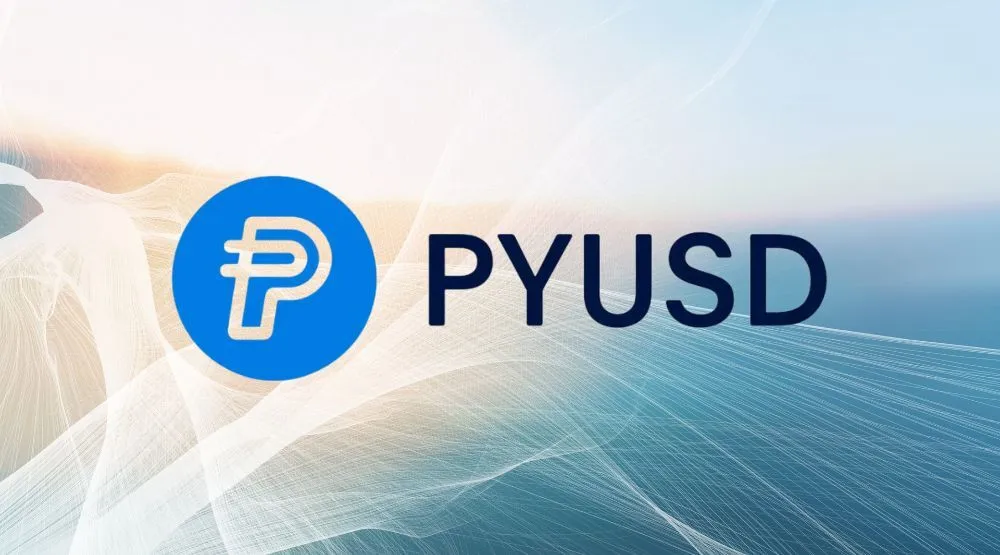For Web3 gaming to grow globally, onboarding needs to be as seamless as the gameplay itself. But for many players, especially in emerging markets, getting started with a Web3 game often means facing unfamiliar hurdles—crypto wallets, exchanges, stablecoin purchases, and confusing payment methods.
One Web3 gaming guild decided to fix that.
Here’s how they used TransFi to offer direct stablecoin on-ramps to players in multiple countries—removing friction, improving onboarding, and creating a smoother gateway into play-to-earn ecosystems.
The Challenge: Onboarding Global Players, Not Just Crypto Natives
This gaming guild was attracting attention across Southeast Asia and Latin America. The promise of earning in Web3 games was strong, but only a fraction of new users ever completed the onboarding.
Why?
Most weren’t crypto users. They didn’t have wallets loaded with USDC. They couldn’t (or didn’t want to) use exchanges. They just wanted to play—and maybe earn along the way.
Without an easy way to convert local fiat into stablecoins, most new signups dropped off before even starting.
The Turning Point: Integrating TransFi for Local Stablecoin Access
The team needed a way for users to onboard directly with their local payment methods—no detours, no crypto prerequisites.
They integrated TransFi’s fiat-to-crypto API into their platform.
This allowed players to:
- Purchase USDC or USDT using familiar methods like mobile money, UPI, or bank transfers
- Instantly top up their in-game wallet with stablecoins
- Avoid centralized exchanges, card declines, and other blockers
The integration took less than two weeks, and required minimal engineering effort. TransFi’s API handled KYC, compliance, and the payment rails. The gaming guild focused on improving the user journey.
What Happened: Faster Onboarding, Higher Retention
Once TransFi went live, the data spoke for itself:
- 60% reduction in player drop-offs during onboarding
- 3x increase in first-game session completion among new users
- USDC became the default currency for new player top-ups
- Strongest conversion gains came from Brazil, India, and the Philippines
Players could now start gaming with just their local fiat. The need to “learn crypto first” was gone.
Why It Worked: Meeting Players Where They Are
Web3 gaming adoption doesn’t need to start with wallets and exchanges. In fact, skipping those steps entirely is what made this gaming guild stand out.
By letting players onboard with local payment methods, the platform became more accessible, especially in regions where card use is low and traditional crypto access is limited.
Stablecoins like USDC provided the perfect in-game currency: fast, low-cost, and globally recognized. TransFi simply made access to them instant and local.
Beyond Onboarding: Unlocking Community Growth
With smoother payments in place, the guild could focus on community-building and rewards. They also started experimenting with:
- Micro-incentives paid in USDC for referrals
- Local tournaments with stablecoin prizes
- Streamlined top-ups for in-game NFT purchases
TransFi didn’t just improve onboarding—it opened new monetization paths and engagement loops.
Also read: Sudan’s Payment Rails & How They Work – From Electronic Banking to Mobile Payment Initiatives
Final Thoughts
Web3 games can be global, but only if onboarding is. This gaming guild’s success came from recognizing that crypto payments need to feel as natural as logging in.
By integrating TransFi, they bridged the gap between fiat and gameplay. The result? More players, smoother starts, and a better experience from day one.
FAQ
1. What problem did the gaming guild face before using TransFi?
They struggled to onboard new players in emerging markets who didn’t have easy access to stablecoins like USDC or USDT.
2. How did TransFi help solve this issue?
TransFi enabled local payment on-ramps, letting users buy stablecoins directly using methods like bank transfers or mobile money—no exchange required.
3. What was the impact of integrating TransFi?
The guild saw a 60% drop in onboarding drop-offs and tripled the number of players who completed their first game session.
4. Was it hard to integrate TransFi into the platform?
Not at all. The API was integrated in under two weeks and handled compliance, KYC, and fiat-to-crypto rails out of the box.
5. Why are stablecoins like USDC ideal for Web3 gaming?
They offer fast, low-cost transactions and global accessibility—perfect for cross-border in-game payments and earnings.
Daftar Isi
Artikel yang Disarankan
Jelajahi produk kami

Lakukan pembayaran global dengan kecepatan klik

Terima pembayaran, hapus batas.

Buka Transaksi Mata Uang Digital yang Mulus Di Mana Saja









.png)














